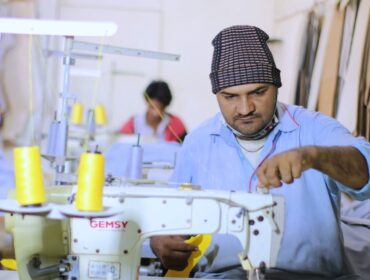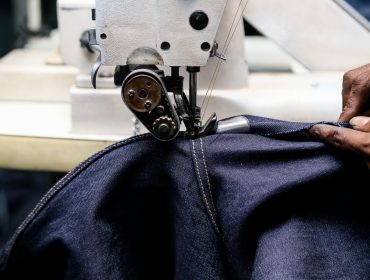With the new government having completed two weeks in office, we as citizens of Pakistan and especially those belonging to the textile industry have great hopes with Mr. Imran Khan as the head of state.
If we look at the statistics, the textile industry of Pakistan contributes to almost 60% of the total exports, 8.5% of the total GDP and 40% of the workforce employment in the country. However, several factors have contributed to the decline of this industry in the past decade or so. Negligence both on the government level and the hesitance of the private individuals to invest in research and development of the new systems has led to the inability to match to international standards and to stand at par with the global markets.
To overcome the challenges faced by the industry currently, both the individuals and the government must take immediate steps to ensure increase in the capacity and export potential of the textile sector.
At the government level:
- A textile policy must be formulated with the advice of key players and SMEs of the industry ensuring mutual benefit for both the individual and the country.
- Tax rebates must be paid on time. In addition to this, higher indirect taxes must also be curbed to decrease the financial burden for the businesses, which makes it extremely difficult to remain competitive price-wise.
- Weboc, an excellent one window customs solutions must be monitored. We personally faced extreme difficulty when registering for this service due to incompetent staff and the bribe culture.
- The chambers of commerce and different associations must be monitored closely. A system of favouritism is rampant and regular members are mostly ill-informed. Websites of many of the associations are outdated and information is not easily available.
- Cost of doing business has sky-rocketed. With high utility costs, back-up systems, etc., it gets difficult to manage overheads and still be competitive in the field.
- Rupee devaluation has also raised major concerns for the industry. The government needs to ensure the exchange rate stability.
- Textile and garment trade fairs – TDAP holds a bi-yearly Textile Asia exhibition in Karachi and Lahore. When we exhibited at this exhibition last year, we saw 90% participation by the Chinese as exhibitors. Preference must be given to Pakistani exhibitors and a quota must be allotted to foreign companies. Apart from Textile Asia, there are no other trade fairs for this sector. The government, maybe through public-private partnerships needs to increase the number of textile trade fairs and exhibitions and must ensure attendance of a decent number of foreign dignitaries and foreing buyers, which I, unfortunately, found lacking in textile Asia.
- Trainings, seminars, workshops, – especially to train the labor force to be held on a government level.
With Mr. Abdul Razzaq Dawood, now heading the Textile Ministry as advisor to the PM, we can expect better changes in the coming few months and maybe some relief to the crumbling textile industry.
At the individual level:
- Investment in Research and Development and Textile Intelligence must be made.
- Value additions in fabrics and garments should be offered and promoted.
- Dependency on cotton as the only base must be eliminated and the potential of man-made fibres should be explored.
- Green / Environment friendly solutions must be introduced on the manufacturing level
- Knowledge sharing, especially for those wanting to enter this field must be made possible. A system of textile / garment mentoring needs to be introduced.
- Export orientation over local retail – although local retail is booming at the moment, the country needs foreign exchange which can be multiplied by export oriented mind-set of the manufacturing facilities.
- Training of the labour-force.
- Exploration of non-conventional markets for exports. There are many undiscovered markets with huge potential for Pakistani textile exports, including South American, East European and West Asian countries.
- Help must be extended to the government for the organization of trade fairs and trade exhibitions.
- Active participation in chamber and association meeting and discussions should be ensured.
The Textile Industry of Pakistan has huge potential and if the government and individual players work hand-in-hand, we can for sure reverse the effects of bad governance of the past decades and breathe new life into it.






